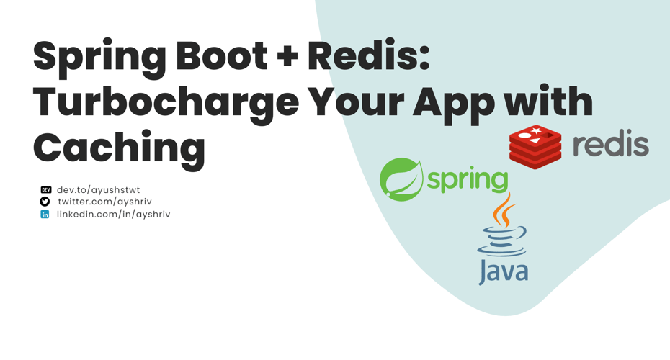Dev
3w
401

Image Credit: Dev
Spring Boot + Redis: A Beginner-Friendly Guide to Supercharging Your App’s Performance
- Redis is an open-source, in-memory data store that is super fast and used for multiple purposes like caching, storing data, and managing messages.
- The spring-boot-starter-redis is a Spring Boot starter that simplifies integrating Redis into Spring applications. It includes all the necessary dependencies to connect, configure, and operate with Redis.
- By leveraging cached data, the application can significantly reduce the number of database queries, thereby improving efficiency.
- Spring Boot provides the spring-boot-starter-redis starter to easily communicate with the Redis server. It offers various components to interact with Redis efficiently.
- Steps to integrate Redis with Spring Boot includes: Add Maven Dependency, Configure Redis Connection, Create the configuration class for configure the JedisConnectionFactory or RedisTemplate, Create the Rest Controller to create the endpoints.
- Distributed Caching is a caching technique where the cache data is stored on a centralized cache server (e.g., Redis), which can be accessed by multiple microservices simultaneously.
- Benefits of Redis Integration includes High Performance, Easy Integration, Supports Various Data Structures, Caching and Scalability.
- By using Redis as a centralized cache server shared across multiple microservices, you enable Distributed Caching.
- Redis integration enhances the system's performance, ensures consistency, and reduces latency, making it ideal for modern microservice-based architectures.
- For a fully working Spring Boot and Redis example, check out the author's GitHub repository provided in the article.
Read Full Article
24 Likes
For uninterrupted reading, download the app